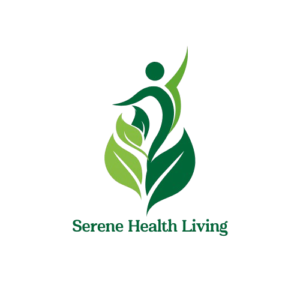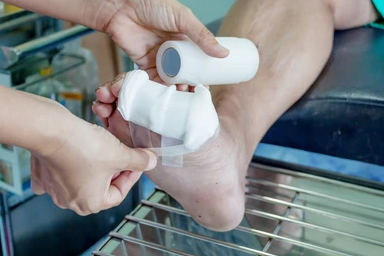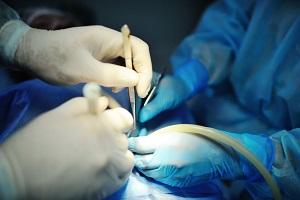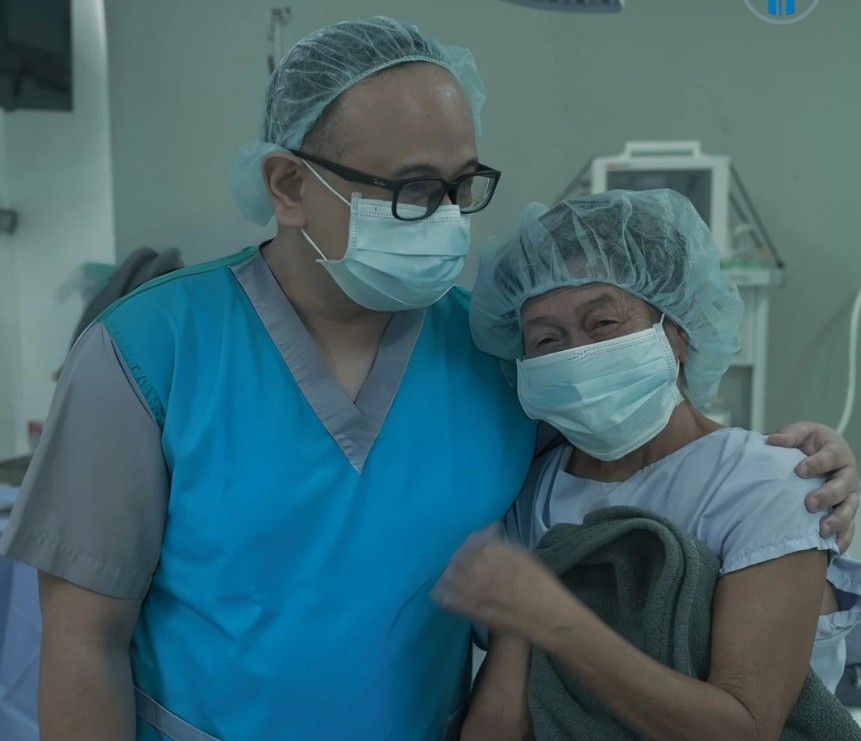Venous insufficiency ulcers (VIUs) are a common yet challenging type of non-healing wound. These chronic sores occur when the veins in the lower legs cannot efficiently pump blood back to the heart, causing fluid to accumulate and pressure to build up, leading to ulcers. If left untreated, these ulcers can worsen over time, resulting in significant complications. At Kalingap Wound Care Clinic, we specialize in the treatment of non-healing wounds, including venous insufficiency ulcers. Our approach combines advanced medical treatments with compassionate care, ensuring our patients receive the best possible outcomes.
What Are Venous Insufficiency Ulcers?
Venous insufficiency ulcers are typically found on the lower legs, especially around the ankles. These ulcers develop when the veins become weakened or damaged, preventing blood from flowing efficiently. As a result, pressure builds up in the veins, leading to fluid leakage and the formation of ulcers. Common causes of venous insufficiency include varicose veins, obesity, a history of deep vein thrombosis (DVT), or prolonged standing. If not addressed early, these ulcers can become chronic and difficult to heal, making it essential to seek treatment from a Certified Wound Specialist for effective management.
The Role of a Certified Wound Specialist in Managing Venous Insufficiency Ulcers
A Certified Wound Specialist plays a crucial role in the treatment of non-healing wounds, particularly venous insufficiency ulcers. Managing such ulcers requires a comprehensive understanding of both the underlying condition and the best treatment modalities to promote healing. Dr. Lou Mervyn Tec, a renowned Certified Wound Specialist at Kalingap Wound Care Clinic, is known for his expertise in the management of chronic wounds. Dr. Tec’s training and experience, coupled with his compassionate approach, make him a trusted healthcare provider for patients with complex wounds.
At Kalingap Wound Care Clinic, our team is dedicated to providing tailored, evidence-based care that focuses not only on treating the ulcer but also on addressing the root causes of the condition, such as poor circulation. By offering a combination of advanced treatments and a patient-first approach, we ensure that our patients receive the best care possible.
Key Strategies in the Treatment of Non-Healing Venous Insufficiency Ulcers
1. Advanced Wound Assessment
Before any treatment plan is put in place, a comprehensive assessment of the wound is necessary. At Kalingap Wound Care Clinic, we employ state-of-the-art tools and techniques to evaluate the severity and stage of the ulcer. This includes assessing the size, depth, and infection risk of the wound, as well as understanding the patient’s overall health and circulation. Using this data, we develop a personalized care plan tailored to the patient’s specific needs, which is essential for achieving optimal healing.
2. Compression Therapy
Compression therapy is considered one of the most effective treatments for venous insufficiency ulcers. This method involves applying controlled pressure to the affected area, which helps reduce swelling, enhances blood circulation, and supports the healing process. Compression bandages, stockings, and other devices are used to relieve the pressure in the veins and promote proper blood flow. At Kalingap Wound Care Clinic, compression therapy is a cornerstone of our treatment of non-healing wounds, especially for venous insufficiency ulcers.
3. Negative Pressure Wound Therapy (NPWT)
Negative Pressure Wound Therapy, also known as vacuum-assisted closure (VAC), is an advanced treatment option for chronic ulcers. This technique involves applying a vacuum dressing to the wound, which helps remove excess fluid, reduces swelling, and increases blood flow to the area. By improving circulation and accelerating wound closure, NPWT plays a vital role in the treatment of non-healing wounds. At Kalingap Wound Care Clinic, we utilize this cutting-edge technology to manage venous insufficiency ulcers and other chronic wounds.
4. Infection Control and Management
One of the greatest concerns with non-healing wounds is the risk of infection. For venous insufficiency ulcers, infection can severely hinder the healing process, leading to further complications. Early detection and prompt intervention are critical in preventing infections. At Kalingap Wound Care Clinic, we have a team of wound care specialists who focus on infection control by using advanced dressings, topical antibiotics, and antimicrobial treatments to prevent infections and ensure optimal healing.
5. Holistic and Long-Term Care for Elderly Patients
Elderly patients are particularly vulnerable to venous insufficiency ulcers due to factors such as decreased circulation, reduced mobility, and other health conditions. At Kalingap Wound Care Clinic, we take a holistic approach to wound care, providing specialized programs that cater to the elderly. We focus on long-term care strategies that not only promote healing but also improve the overall quality of life for our elderly patients. This includes providing caregiver training, educating family members on proper wound care, and offering guidance on lifestyle changes that can reduce the risk of ulcers.
Why Choose Kalingap Wound Care Clinic for the Treatment of Venous Insufficiency Ulcers?
Kalingap Wound Care Clinic stands out as one of the leading centers for the treatment of non-healing wounds in the Philippines. With Dr. Lou Mervyn Tec at the helm, our clinic combines advanced treatment modalities with compassionate, patient-centered care. We understand the challenges posed by venous insufficiency ulcers, and we offer a comprehensive range of services designed to help patients achieve the best possible outcomes. Our approach includes:
- Advanced treatments such as negative pressure wound therapy, ultrasonic-assisted debridement, and compression therapy.
- Personalized wound care plans developed by a Certified Wound Specialist.
- A holistic approach to elderly patient care, focusing on comfort, respect, and long-term management.
- Education and prevention programs to help patients and caregivers understand the importance of wound care and healthy lifestyle habits.
At Kalingap Wound Care Clinic, our goal is to ensure that every patient receives the care and attention they deserve for effective wound healing and long-term recovery.
Preventing Venous Insufficiency Ulcers: Tips for Maintaining Healthy Legs
While treatment is essential, prevention is equally important. Here are some tips to help maintain healthy legs and reduce the risk of venous insufficiency ulcers:
- Exercise regularly to improve circulation. Walking, swimming, or leg exercises can significantly reduce the risk of developing ulcers.
- Elevate your legs to promote blood flow and reduce pressure on the veins.
- Wear compression stockings to prevent the buildup of fluid in the lower legs.
- Maintain a healthy weight to reduce stress on the veins.
- Avoid standing or sitting for long periods. Take breaks to move around and stretch.
- Keep the skin moisturized to prevent dryness and cracking, which can lead to ulcers.
By incorporating these habits into your daily routine, you can help protect your legs from venous insufficiency ulcers.
Takeaway
Venous insufficiency ulcers can be difficult to manage, but with the right treatment, they can be healed effectively. At Kalingap Wound Care Clinic, we offer a comprehensive approach to the treatment of non-healing wounds, including venous insufficiency ulcers. By working with a Certified Wound Specialist like Dr. Lou Mervyn Tec, you can expect expert care, advanced therapies, and compassionate support. Schedule an appointment with us today to begin your journey toward healing and improved quality of life.
Frequently Asked Questions (FAQs)
What are the signs of venous insufficiency ulcers?
Venous insufficiency ulcers typically appear as open sores on the lower legs, especially around the ankles. Symptoms may include swelling, redness, pain, and skin discoloration.
How long does it take to heal a venous insufficiency ulcer?
The healing time for venous insufficiency ulcers depends on several factors, including the size and severity of the ulcer, the patient’s overall health, and the treatment plan. With proper care at Kalingap Wound Care Clinic, healing can take anywhere from a few weeks to several months.
Can venous ulcers be prevented?
While it may not be possible to completely prevent venous insufficiency ulcers, adopting a healthy lifestyle, wearing compression stockings, and elevating the legs regularly can significantly reduce the risk of developing them.
What is the role of compression therapy in treating venous ulcers?
Compression therapy helps improve blood flow and reduce swelling in the legs. It is considered a key component in the treatment of non-healing wounds, particularly venous insufficiency ulcers.
Why should I see a Certified Wound Specialist for venous ulcers?
A Certified Wound Specialist is trained to provide expert care for chronic wounds, including venous insufficiency ulcers. They can accurately assess the wound, develop a personalized treatment plan, and use advanced therapies to promote healing.







